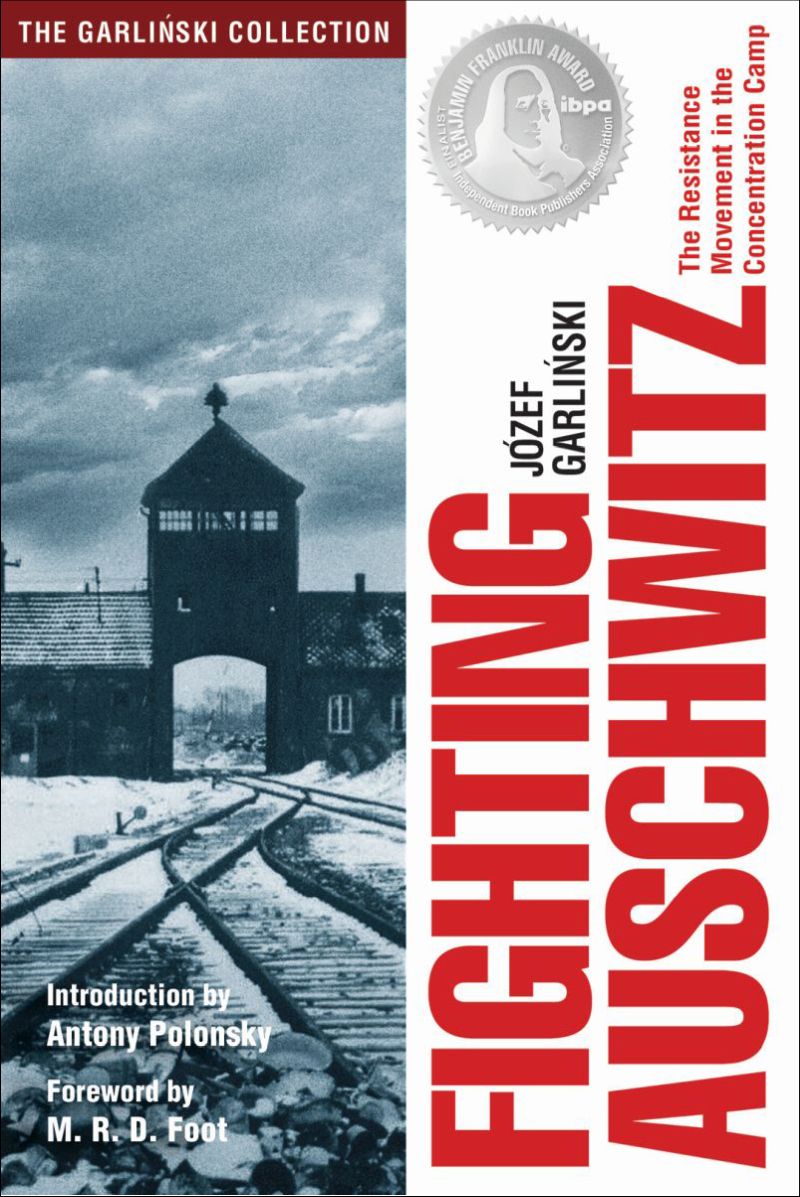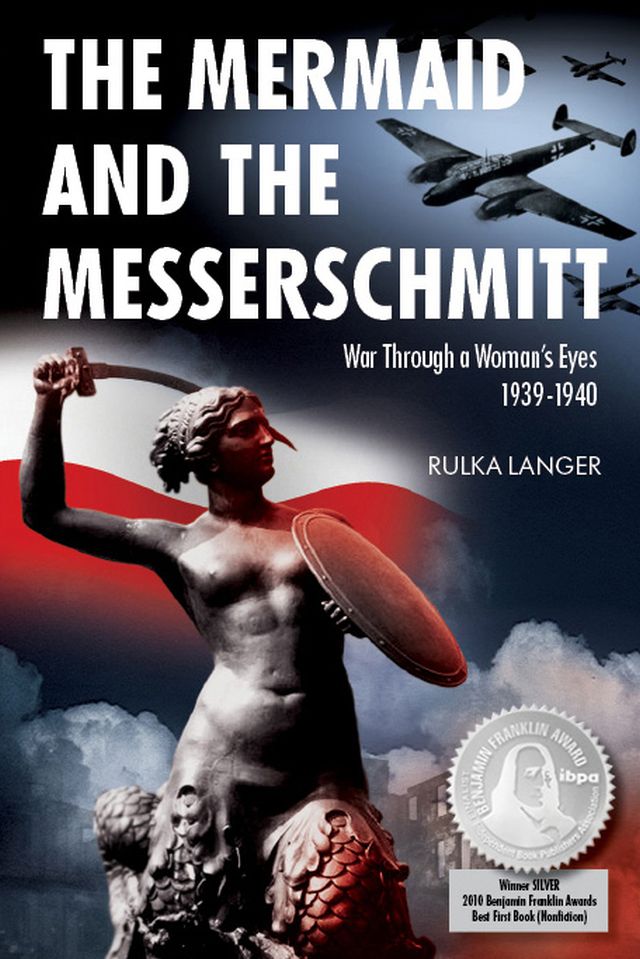The Counterfeit Countess – Janina Mehlberg

A new book, just out in January, tells the amazing true story of a brilliant Polish-Jewish woman mathematician who remade herself into a Polish Countess and used her new identity to help save prisoners at the Majdanek death camp during World War II.
Below is a short excerpt from an excellent article published by the Jewish Telegraphic Agency:
In December 1941, a petite, elegant woman left her home in Eastern Galicia, where she was known as the Jewish mathematician Janina Spinner Mehlberg.
Three days later, she arrived in Lublin — soon to be an epicenter of Nazi extermination in occupied Poland — with a new identity. She was now Countess Janina Suchodolska, a self-assured Polish aristocrat — and she would soon negotiate the release of thousands of prisoners from the Nazis and save thousands more through deliveries of food and medicine.
Beneath her masquerade as an aristocratic welfare official, Janina concealed that she was an officer in the underground Polish Home Army, where she in turn concealed that she was a Jew. This enigmatic character is the largely unknown heroine of “The Counterfeit Countess,” a new book by historians Elizabeth B. White and Joanna Sliwa.
After World War II, Janina and her husband Henry Mehlberg immigrated to the United States and settled in Chicago, where she taught mathematics at the Illinois Institute of Technology and he taught philosophy at the University of Chicago.
Born Pepi Spinner in 1905, she enjoyed a privileged childhood in Żurawno (today’s Zhuravno), a town that was then Polish and is now part of Ukraine. Her father was a wealthy estate owner who socialized with Polish nobles; their children were her friends. The family experienced little overt antisemitism and Janina absorbed the Polish patriotism of her class. Along with Polish and French, she spoke German, English and Russian.

Janina thrived as a star mathematics student at Jan Kazimierz University in Lwów (now Lviv). Despite the doors closed to both women and Jews in academia, she studied with the leading philosopher Kazimierz Twardowski and obtained a doctorate in philosophy. In 1933, she married another ambitious Jewish student of Twardowski, Henry Mehlberg.
The couple enjoyed a comfortable existence as Polish intellectuals, with him teaching philosophy in Lwów and her teaching math at a girls’ high school. But the global war soon encroached on their quiet lives. In 1939, the Soviet occupation brought hunger, totalitarianism and a war on intellectuals. Then German forces took Lwów in 1941.
Then Lwów’s Jews were ordered to move into a ghetto, which Janina and Henry knew to be a death sentence. They fled with the help of Janina’s family friend, Count Andrzej Skrzyński, who promised to procure them false papers, jobs and a place to live in Lublin.
Transformed into Count Piotr Suchodolski, Henry got an agricultural job that allowed him to keep a low profile. But Janina — now Countess Suchodolska — was not content to evade death narrowly. Instead, she joined the Polish Main Welfare Council (known by its Polish initials RGO), the only Polish civil society organization allowed to operate under the Nazi German government. While working undercover for the Polish resistance, Janina walked into Majdanek several days a week to meet with mass murderers and argue that saving a certain number of Polish lives would serve their interests.
Read the entire article online or in pdf…












No comment yet, add your voice below!